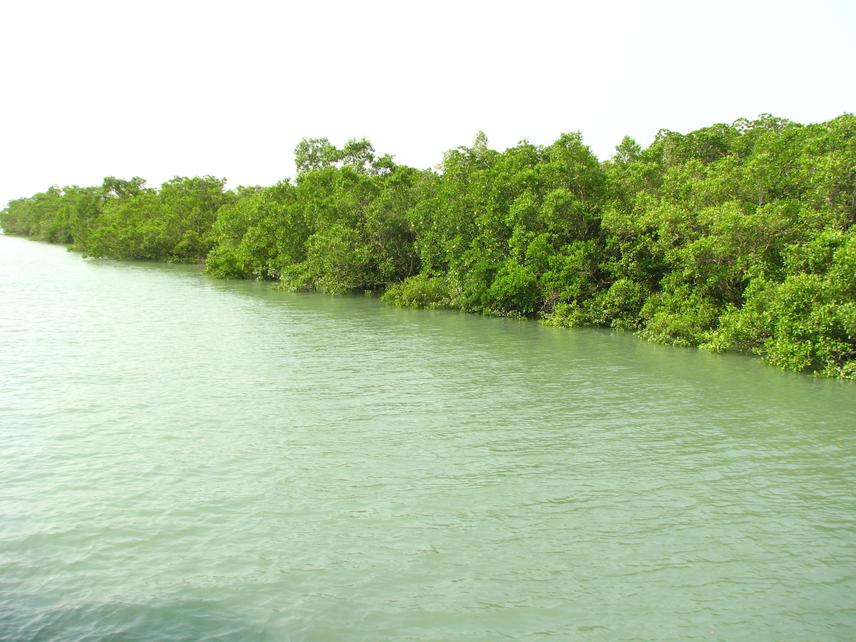Moushumi Basu
Other projects
31 Mar 2016
Managing Man Tiger Conflicts & Conserving Tigers in Indian Sunderbans by Restoring Mangrove Bio Diversity with Community Participation II
24 Aug 2017
Managing Man Tiger Conflicts and Conserving Tigers in Indian Sunderbans by Restoring Mangrove Bio Diversity with Community Participation III
The basic aim is to reduce biotic pressure in Sunderban Tiger Habitat and control man tiger conflicts, by generating sustainable sources of livelihood in the target villages with restoration of mangrove biodiversity.

Mangrove - Lifeline of Sunderbans.
The Indian Sunderbans is broken into about 102 islands by rivers and small streams, of which 54 are inhabited by indigenous forest communities. They are very poor and largely earn their living by catching fish, crabs and collecting honey in the forest. Home to endangered flora and fauna, the forest is also a rare habitat of Royal Bengal tigers that not only attack but are also known to prey on humans. The villagers are thus very vulnerable to man tiger conflicts,that largely occur when man enters the tiger habitat in search of his livelihood.
Our aim is thus to reduce the entry of humans in the tiger habitat and thereby lessen cases of tiger attacks. Our project will cover about 20-22 fringe villages of the reserve, in Lahiripur area. The basic activity of the project involves restoration of mangrove ecology and aquatic systems in the target villages. We plan to develop community forest patches which will generate sustainable means of livelihood for the beneficiaries.
Most importantly, the activities taken up during the course of implementation will ensure that the means of livelihood generated are sustainable so that the villagers from the target area do not have to go back to the tiger habitat for their livelihood. There will also be awareness programmes from time to time on how tiger habitat must be left inviolate as much as possible in the interest of the conservation of big cats.
To add to this, mangroves also act as eco barriers against climate change help in controlling the impact of climate change. These island villagers are very vulnerable to impacts of climate change and global warming, manifested by sea level rise, sudden tidal storms, coastal erosion etc. So, restoring mangrove ecology will offer more stability against the vagaries of nature which these island villages are often exposed to.